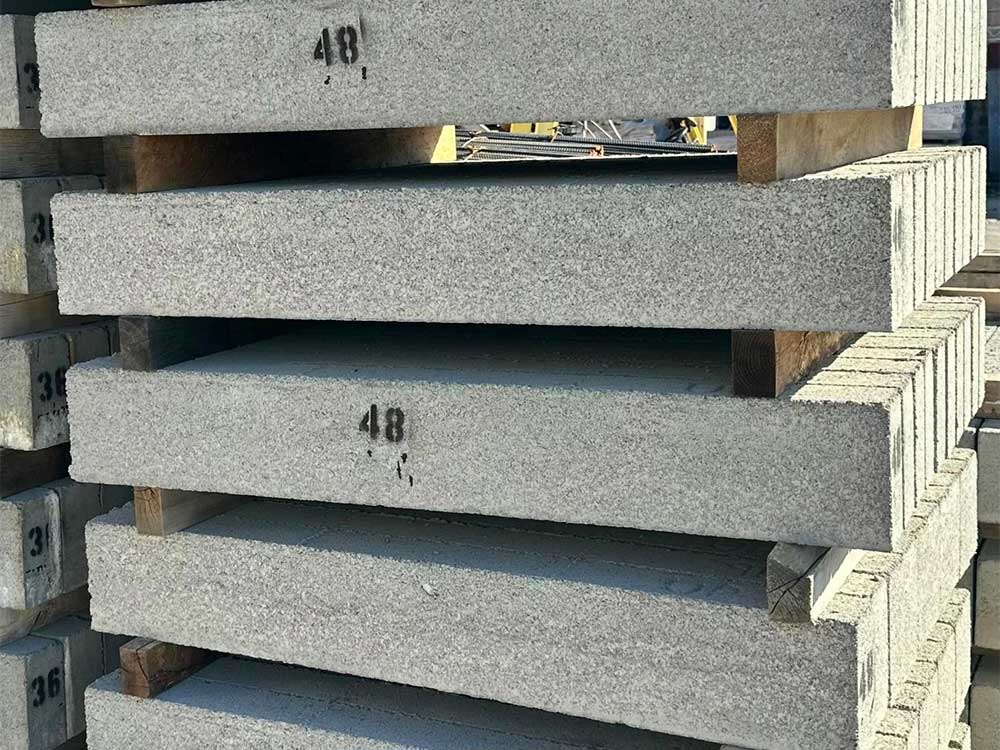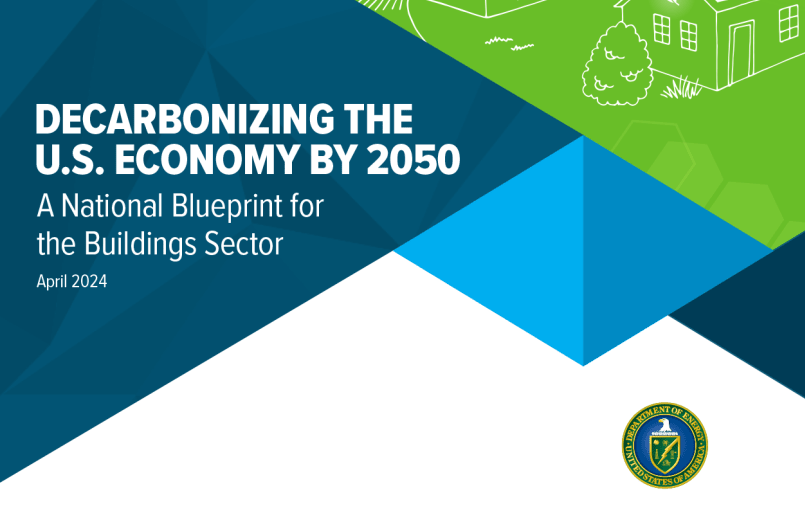Comparing The Different Types Of Rigid Foam Insulation: Which To Choose
Insulating your home is a crucial step in ensuring energy efficiency and comfort. Rigid foam insulation, known for its high insulative properties and versatility, comes in various types, each with unique benefits and specific uses. Understanding the types of rigid foam insulation can help homeowners and builders make informed decisions about which insulation is best for their particular needs. Whether you’re insulating a new build, upgrading an old one, or crafting a specialized project, knowing the strengths and applications of each type of rigid foam insulation is key.
Polystyrene Insulation: Cost-effective and Versatile
Polystyrene, often referred to by its brand names like Styrofoam, is a widely used type of rigid foam insulation. It comes in two main forms: expanded polystyrene (EPS) and extruded polystyrene (XPS). EPS is the less expensive option, with a lower insulating value per inch than XPS, but it’s versatile and can be used in various applications. XPS, recognizable by its typically blue or pink color, offers a higher insulating value and greater moisture resistance. Both types are lightweight and easy to cut and install, making them a favorite choice for various projects.
Polyisocyanurate Insulation: High R-Value and Moisture Resistance
Polyisocyanurate, or polyiso, is another type of rigid foam insulation known for its high R-value per inch, which measures an insulation’s resistance to heat flow. This material often comes with foil facings, which provide an additional radiant heat barrier. It’s particularly effective in damp climates due to its moisture resistance and is often used in roofing applications and wall insulation. However, polyiso’s insulating properties can decrease slightly over time, a factor worth considering for long-term performance.
Polyurethane Insulation: Durable and Energy-efficient
Polyurethane rigid foam insulation is similar to polyiso and is known for its durability and high energy efficiency. It has a high R-value and superior strength, which makes it ideal for areas that require a more robust insulation solution. This type of insulation is often used in structural insulated panels and insulated concrete forms, which are components in energy-efficient building systems. Polyurethane foam is also an excellent choice for cold storage facilities due to its thermal performance.
Environmental Impact and Sustainability Considerations
When selecting insulation, considering the environmental impact is increasingly important. Each type of rigid foam insulation has a different production and disposal impact. For instance, some are made with hydrofluorocarbons (HFCs), with high global warming potential. Alternatives, like GPS (graphite polystyrene), offer improved insulation with a reduced environmental impact. It’s essential to consider the immediate benefits of insulation and its full life cycle, from production to disposal.
Choosing the Right Insulation for Your Project
Selecting the right type of rigid foam insulation requires considering several factors, including the climate of the area, the specific application, and the budget for the project. EPS may be the most cost-effective for large projects where the budget is a concern, while XPS offers a balance between cost and performance, with better moisture resistance. Polyiso and polyurethane are suited for projects that need the highest R-value and for areas exposed to moisture. Evaluating the needs of your project against the properties of each type of rigid foam insulation will guide you to the best choice for effective, long-lasting insulation.

VP of Sales- Accessory DivisionMike Simon
Latest News
4 Features That Makes Masonry Supply Company Stand Out
A masonry supply company plays a crucial role in the success of construction projects, providing essential materials and expertise to […]

Choosing The Right Size Lintel For Your Project
Determining the correct size of a lintel is critical for the stability and longevity of your construction project. A lintel […]

Data Misses on Embodied Carbon
There is significant urgency to avoid, reduce, or even reverse the emissions of greenhouse gases (CO2e) to avoid the worst […]

4 Masonry Tools You Should Have At Home
Effective and efficient masonry work, whether for repairs or new projects, requires the right tools. At home, having a basic […]
